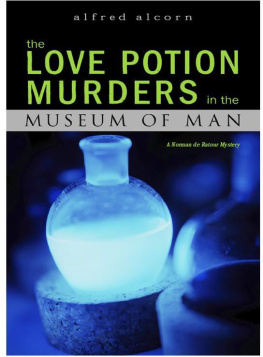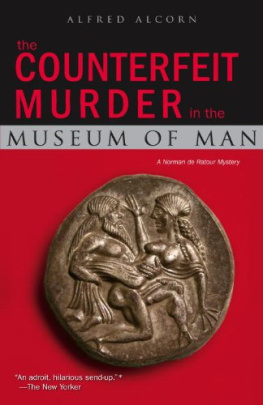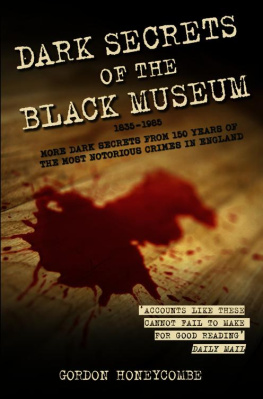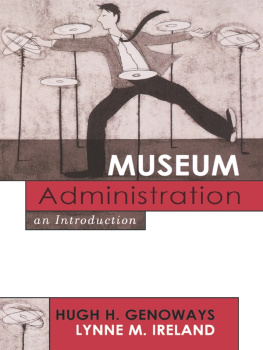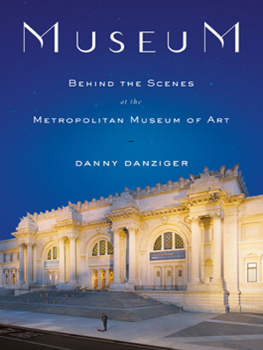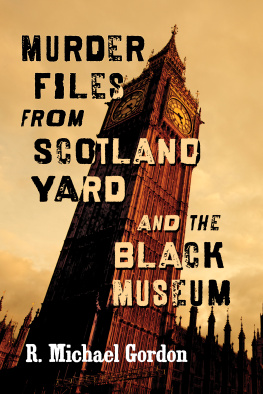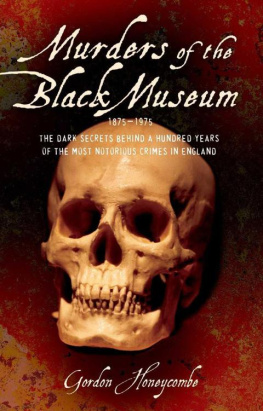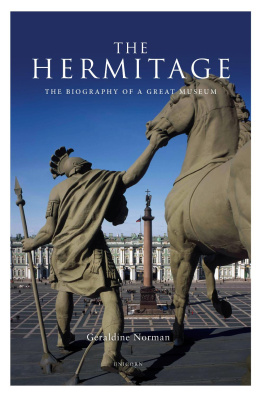It is with reluctance and foreboding that I trouble these pages with an account of a tragic, unseemly, and suspicious incident here at the Museum of Man. I say reluctance as I do not wish to serve as amanuensis to a nightmare. Nor do I wish to prompt iniquity with words. I would rather, on this lovely evening, sit back and gaze out of my high windows at the Hays Mountains, where I can see the first flares of autumn touching with scarlet and gold those rolling, mist-tendriled hills. But write I must. Because yet again I have a presentiment of evil uncoiling itself within the womb of this ancient institution.
Let me start with this morning. Just as Doreen was heading down to the cafeteria for our coffees, Lieutenant Tracy of the Seaboard Police Department appeared in the doorway of my fifth-floor domain. Dapper as ever in charcoal suit, buttondown off-white oxford shirt, and plaid tie, the officer reminded me that he took his coffee black. The amenities of small talk attended to, the door closed, we got down to business.
Im here to see you, Norman, about the Ossmann-Woodley case. His tone indicated that he spoke off the record.
Ossmann-Woodley, I repeated with a sigh, not entirely surprised. I was under the impression, Lieutenant, that the case was too riddled with imponderables to begin an investigation. Its most unusual, I know, and not a little embarrassing for the museum, given Professor Ossmanns affiliation.
Thanks to the tabloids and those television programs devoted to the tawdry and the sensational (for which my dear wife, Elsbeth, has a decided weakness), much of the world knows that, just a week ago, Professor Humberto Ossmann and Dr. Clematis Woodley, a postdoctoral student, were found dead quite literally in each others arms; indeed, in an unequivocally amorous embrace.
Foul play, other than double adultery they were both married has not been ruled out. In short, we have two corpses and enough circumstantial evidence to indicate corpus delicti. For instance, a security guard found them, not in some comfortable bed or even on the couch available in a nearby office, but on the floor of one the laboratories. There, judging from the disorder an overturned chair, some smashed pipettes, and a terrified white rat running loose their lovemaking had been spontaneous and energetic, if not violent. Rape does not appear to have been involved inasmuch as Professor Ossmann was a smallish man, a good two inches shorter and twenty-five pounds lighter than the formidable Dr. Woodley, who played rugby for Rutgers, albeit on the womens team. Moreover, neither participant had disrobed in a manner suggesting premeditated lovemaking. Professor Ossmanns trousers and boxer shorts were down around his ankles, and Dr. Woodleys panties had been clawed off, but by herself, judging from the fragments of matching material found under her fingernails.
Finally, both victims, if that is what they are, entertained a deep and abiding antipathy for the other. Professor Ossmann had blocked Dr. Woodleys appointment to a tenure-track position a year or so back. Dr. Woodley for her part had taken to calling Professor Ossmann Pip to his face, Pip-squeak being the nickname colleagues used behind his back.
I know the case in considerable detail, not only from the lurid and often inaccurate coverage in the Seaboard Bugle, but also from briefings I arranged between the SPD and important university officials in an attempt to keep the rumor mills from working overtime.
The postmortems, done by the venerable Dr. P.M. Cutler, have provided only preliminary findings. The Medical Examiner reported gross inflammation of the genitals of both parties, who otherwise presented no signs of trauma or assault. Professor Ossmann succumbed to a coronary thrombosis while Dr. Woodley died of massive systemic failure when her blood pressure, for which she was taking medication, dropped below what is necessary for life. Curiously enough, according to Dr. Cutler, despite prolonged sexual activity, no evidence of ejaculate was found. Whether Dr. Woodley had experienced a physiological orgasm could not be determined with any certainty. Assays on blood chemistry, other bodily fluids, stomach contents, and organs are presently being conducted and should tell us a lot more as to what happened on that Friday night in early September when the lab was deserted except for those two.
Sergeant Lemure, Lieutenant Tracys blunt-spoken deputy, put the matter in words of a characteristic crudity, which I will refrain from repeating here.
The lieutenant regarded me closely. Officially, Norman, it is a low-priority case because we cannot determine whether its a murder, an accident, or some kind of bizarre suicide pact. But something about this case reeks.
His remarks struck a chord, if nagging doubts can be said to resonate. Despite myself, I have acquired of late a knack for suspicion. Its related, no doubt, to my work with the Seaboard police on what have come to be called the Cannibal Murders, which gained Wainscott University, the museum, myself, and others such notoriety a few years back. Indeed, the account of those grisly events that I kept in my journal at the time was subsequently entered as evidence in the case against the Snyders brothers. Published initially over my objections, it was well received in those circles devoted to the true detective genre.
Moreover, I have found that working as a private sleuth or a public sleuth, for that matter sharpens ones apprehension of those slight discordances that indicate the presence not so much of clues but of what might be termed negative clues the dog that doesnt bark. It makes one aware of anomalies within anomalies, life being full of the anomalous, after all. And this case, if a case it be, is loud with silent hounds.
While I was thus cogitating, Doreen came in with the coffee. The dear girl had been offered a higher salary to go back to her old boss, Malachy Morin. But she told me she wouldnt even consider it, calling the man a serial groper. She has a new beau and has finally ceased inflating out of her mouth those gaudy-hued, condom-like bubbles of gum.
After Doreen had withdrawn and closed the door, I noted the obvious. We have no real evidence of foul play. At least not until the lab tests come in.
The lieutenant lifted an eyebrow at the implied collaboration in the we, as though both realizing and acknowledging that we were once again, however unofficially, a team.
No real evidence, its true, he said. Its as though someone got there before the bodies were discovered and tidied things up.
Really? I was somewhat taken aback. I had not been told of this before.
Yes, and there are a few other details you might be able to help us clear up.
Well, Im at your service, Lieutenant, I said, trying to dissemble a shiver of excitement as my pulse quickened. The lieutenants request for assistance made real what had heretofore been little more than a premonition. Indeed, I have developed a keen predilection for the blood sport of murder investigation. For thats what it is, at bottom, a blood sport. And deeper, in the darker reaches of my heart, I could also feel that strange craving for the reality of evil, if only for something to confront and vanquish.
Lieutenant Tracy smiled. He has one of those smiles the scarcity of which makes it the more appealing. I knew I could count on you, Norman. And also on your discretion. My visit here, strictly speaking, is unofficial.
I nodded. What is it that I can tell you that you think will be of help?
Could you tell me, what exactly was Professor Ossmanns connection with the Genetics Lab?
His question made me frown. The Genetics Lab has over the past couple of years changed beyond all recognition. The Onoyoko Institute, suffering in the general stagnation of the Japanese economy and the blaze of bad publicity in the wake of the Cannibal Murders, has long since gone, replaced by the Ponce Research Institute. Though nominally nonprofit, the Ponce has proved an absolute boon to the museum. It has given us the wherewithal to resist persistent attempts on the part of the university to take us over on terms other than those ensuring the integrity and longevity of this institution as an actual public museum.

